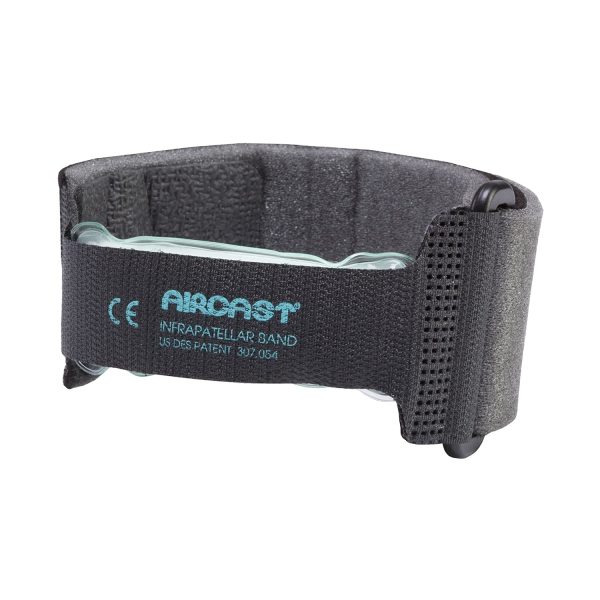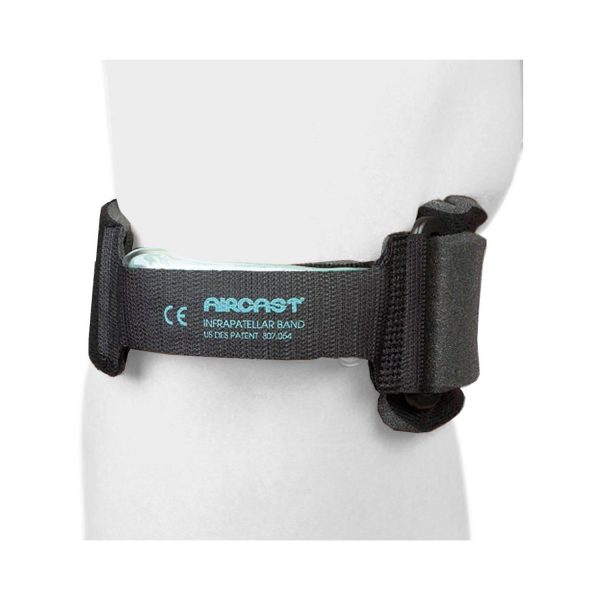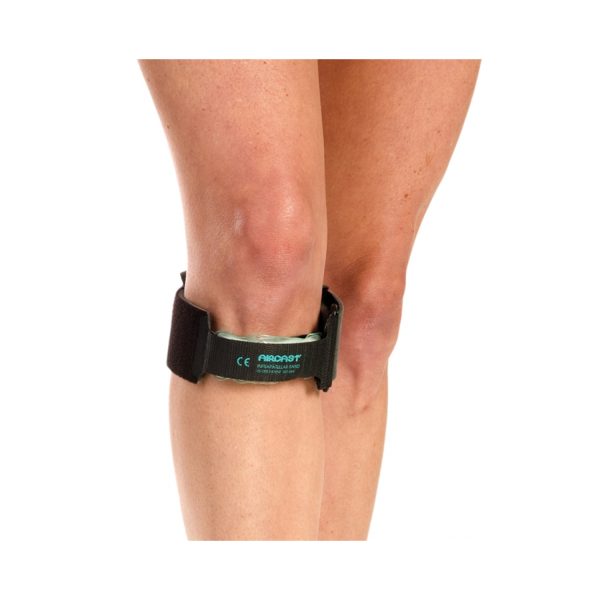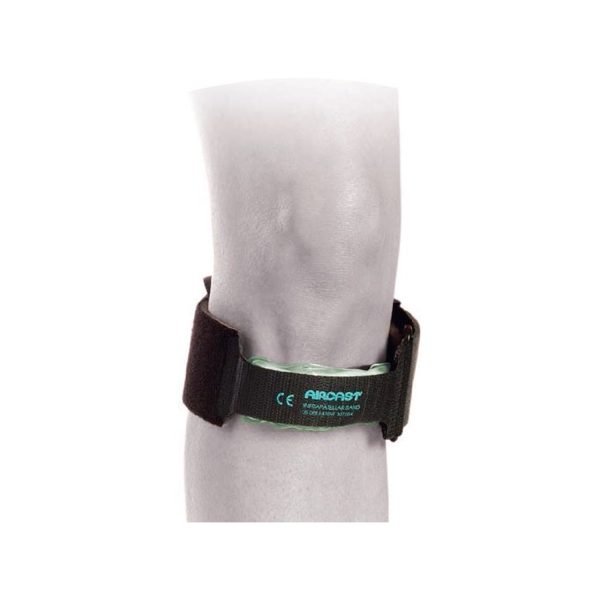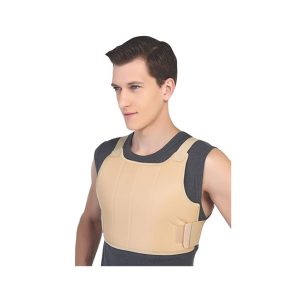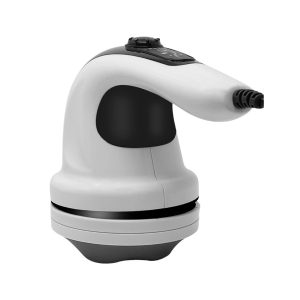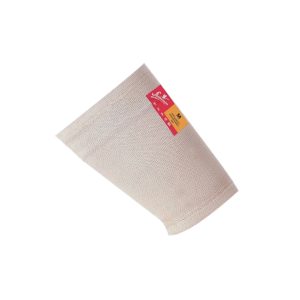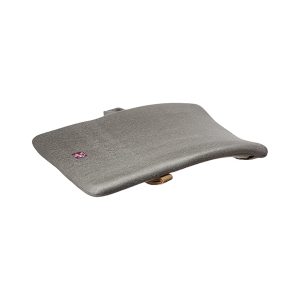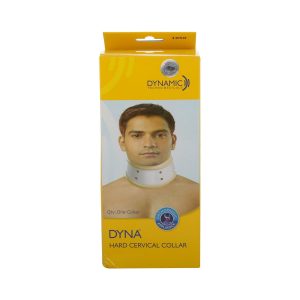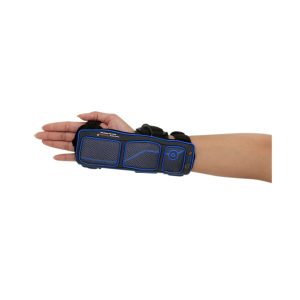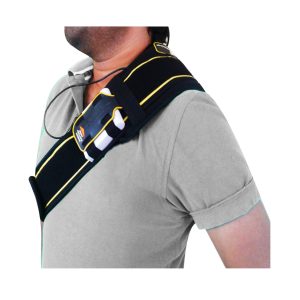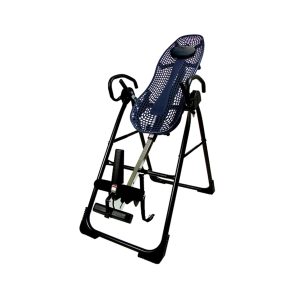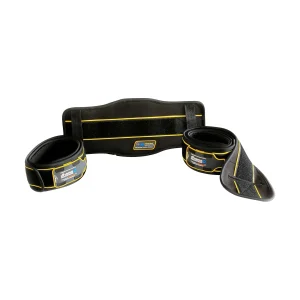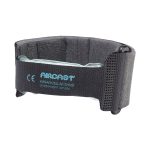
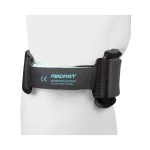
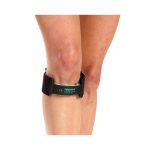
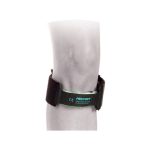
Aircast Infrapatellar Band
Brand: Visit Aircast Store
Estimated delivery: 5-7 business days
Product Highlights
- Features aircell bladder for focused compression
- Padded with foam for comfort
- Ideal for Osgood Schlatter and patellar tendonitis
- Fits left or right leg
- Fits knee circumference: 10″-17″ (25 cm – 43 cm)
- Universal size
Additional Offers
 Get an additional 1% off on this order if you prepay it. Applicable on a minimum cart value of ₹599.
Get an additional 1% off on this order if you prepay it. Applicable on a minimum cart value of ₹599.
 Get cashback up to Rs. 300 on payments via Mobikwik Wallet.
Get cashback up to Rs. 300 on payments via Mobikwik Wallet.
 For Celergen capsules and serum, please contact Cureka Support directly to place the orders.
Contact Cureka support at care@cureka.com or WhatsApp at +919655928004.
For Celergen capsules and serum, please contact Cureka Support directly to place the orders.
Contact Cureka support at care@cureka.com or WhatsApp at +919655928004.
MRP: Original price was: 4,040.00. 3,878.00Current price is: 3,878.00.You Save: 162.00 Inclusive of all taxes
*Delivery charges if applicable will be applied at checkout
- Description
- Additional information
Description
- Treats from Osgood Schlatter disease (OSD) which is the inflammation of the patellar ligament at the tibial tuberosity.
- Characterized by a painful bump just below the knee.
- Unique aircell technology designed to offer focused compression on the patellar tendon to help relieve symptoms of Osgood Schlatter and patella tendonitis.
- Padded with foam for extra comfort.
- The band also focuses the pressure on the affected area to help decrease stress at the tibial tubercle.
- Has Velcro strap, which allows you to adjust the fit as per your need.
- Comfortable pressure limits the width of the patella tendon, thus reducing the force that is transmitted through the tendon.
- Can be worn either on the left or right leg.
- Aircast Infrapatellar Band can be worn and removed easily.
Directions for use
- Position the band below the bottom of the kneecap.
- And above where the tendon attaches into the bone.
- Place this around the patients patellar region
Safety Information
- Hand wash with mild soap in lukewarm water
- Air dry completely before reapplying.
FAQ
The front center of the strap – where there’s typically a puffy pad or cushion – should sit directly under your kneecap where the patellar tendon attaches to the patella. Tighten the adjustable strap until you feel a bit of pressure on the tendon.
Position the band below the bottom of the kneecap. And above where the tendon attaches into the bone. Place this around the patients patellar region.
Yes, a patella band, a thin pressure strip worn under the knee, can help alleviate the pain.
The conditions that the bands are most commonly used for are patellar tendonitis, runner’s knee, chondromalacia, patellofemoral pain syndrome, and IT Band friction syndrome.
The best treatment for patellofemoral syndrome is to avoid activities that compress the patella against the femur with force. This means avoiding going up and down stairs and hills, deep knee bends, kneeling, step-aerobics and high impact aerobics. Do not wear high heeled shoes.
Additional information
| Weight | 0.07 kg |
|---|---|
| Dimensions | 12.7 × 10.2 × 5.1 cm |
| Manufacturer Details | Djo Llc 5919 Sea Otter Place Suite 200 Carlsbad Ca 92010 |
| Packer Details | Wedjat Health Solutions Pvt. Ltd. P.NO. 547 F1-F2 Pinnacle Apartment Arul Nagar East Tambaram Chennai Tamil Nadu 600059 Mail: info@cureka.com Telephone no: 9655928004 |
| Components | Infrapatellar |
| Country of Origin | USA |
| Expires on or After | 25/12/2027 |
| SKU | Pai/Air/03557 |

